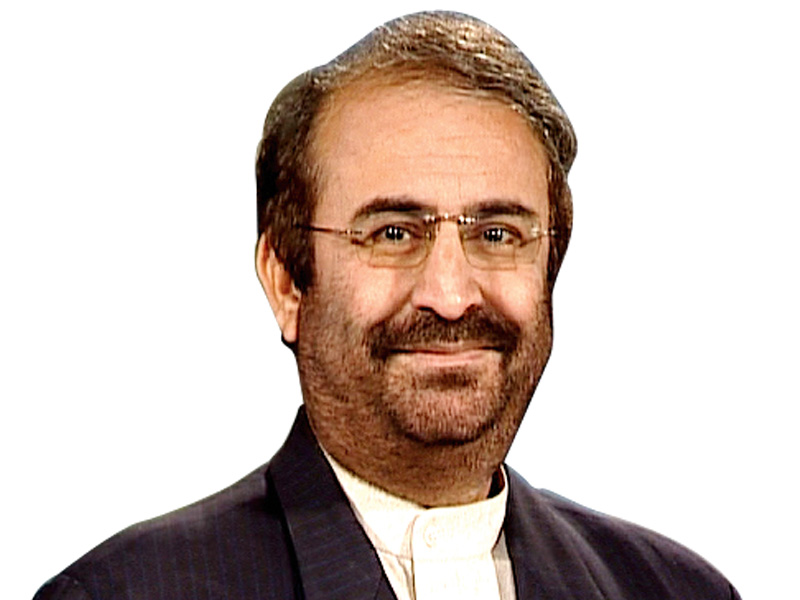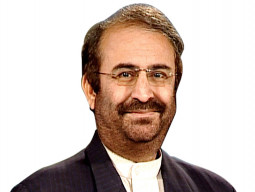
Last month, a United Nations report suggested that ground engagements — followed by suicide attacks and improvised explosive device (IED) explosions — continue to cause civilian casualties.
At least 85% of these casualties include children, stated midyear report titled ‘Protection of Civilians in Armed Conflicts’ by UN Assistance Mission in Afghanistan (UNAMA).
Since 2009
The report released in July stated a record number of civilian casualties were documented since 2009. At least 5,166 civilians were killed or maimed in the first six months of 2016. Almost one-third of them were children.
Between January and June this year, the human rights team of the UNAMA documented 1,601 civilian deaths and 3,565 injured civilians. This represents an increase of 4% in the number of casualties compared to the first six months of 2015 and is the highest half-year total since 2009.
The figures are conservative — almost certainly underestimated — given the strict methodology employed in their documentation and in determining the civilian status of those affected.
In a report released earlier this year, UN’s Human Rights Watch accused militants and the government for the spike in civilian casualties.
The report termed the Taliban as the main culprit behind civilian casualties, saying civilian casualties from the government military operations have also risen.
“This raise concerns that as Afghan armed forces’ ground engagements and air attacks increase, not all necessary precautions are being taken to minimise civilian harm,” the report stated. “There is no evidence that commanders responsible for abuses are being held accountable.”
On a rise
In mid-July, an Afghan rights group recorded a 17.8% increase in civilian casualties in Afghanistan in 2015 as compared to 2014.
The annual report on civilian casualties during armed conflict produced by Afghanistan Independent Human Rights Commission said Afghan hostilities during 2015 affected 9,431 civilians.
Most of the civilian casualties are caused by suicide attacks, ground fighting, killings and roadside mine explosions, according to the findings released on July 16 in Kabul.
Stagnant state
There is no change in the situation despite repeated public assurances by the Taliban, Afghan army and commanders of the foreign forces. In all reports, released this year by the international and local organisations, the Taliban are mainly held responsible for the civilian casualties – a charge they deny.
The denial will not work but the Taliban commander should respect pledges by their leaders in public statements. The attitude of the invading troops and the Afghan military officials are not different from the Taliban’s as they seldom admit their mistakes.
Moreover, emergence of the new dangerous element – Daish – would add to the concerns over civilian casualties. The Daish bombers — in their first-ever major and single attack — killed over 80 people, mostly civilians, Kabul. Latest reports suggested dozens of university students belonging to the Hazara community were among those massacred on the streets of Kabul. They were protesting against the government’s decision of changing a power transmission line.
Consequences
In addition to the serious issue of casualties, fighting in densely populated areas is also forcing displacement of people. Fighting in Nad-e-Ali district of the southern Helmand province and between the supporters of the first vice president, General Abdul Rashid Dostam, and powerful governor, Atta Mohammad Noor, have displaced hundreds of families in the north, according to officials.
They say fighting in Dasht-e Archi and Qala-e Zal districts of the northern Kunduz province have also uprooted hundreds of families who have moved to Kabul, Kunduz city or the neighbouring provinces.
Published in The Express Tribune, August 6th, 2016.




































COMMENTS
Comments are moderated and generally will be posted if they are on-topic and not abusive.
For more information, please see our Comments FAQ